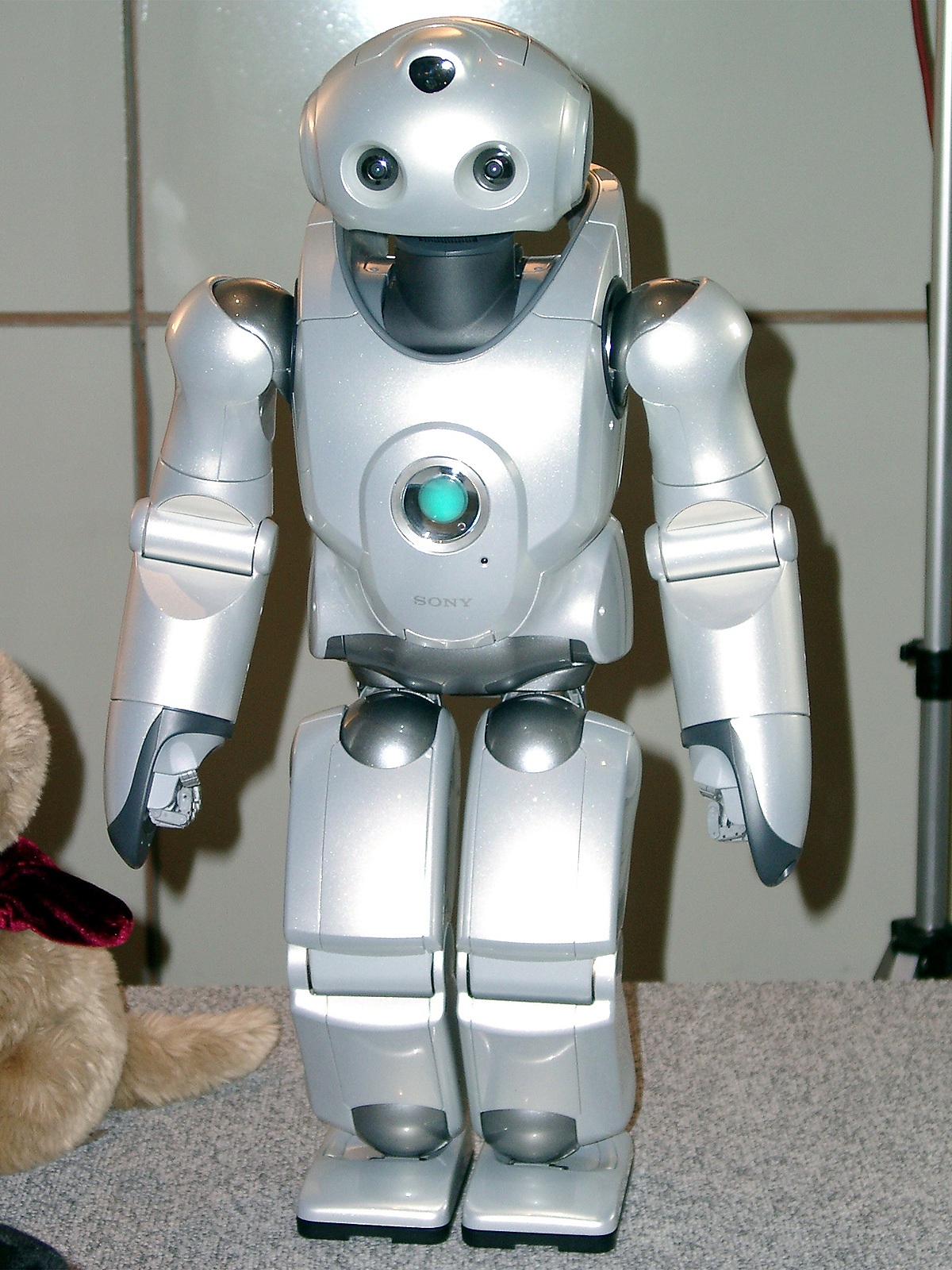The idea for this piece came after reading the latest edition of Dylan Grice’s fantastic newsletter Popular Delusions. It took my mind back to some stuff I had written about, a while back, in the second volume of the Easy Money trilogy. Now what do they say about the more things change the more they remain the same?
Anyway, Grice’s latest newsletter starts with a comment made by Jerome Powell, the current Chairman of the Federal Reserve of the United States, the American central bank.
As Powell said on CNBC:
“The big picture is still that we’ve seen … three decades, a quarter of a century, of lower and more stable inflation and we’ve seen really the last decade be characterized by global disinflationary forces and large advanced economy nations struggling to reach their 2% inflation goal from below.”
He further said:
“If the economy reopens, there’s quite a lot of savings on peoples’ balance sheets… you could see strong spending growth and there could be some upward pressure on prices. Again though, my expectation would be that that would be neither large nor sustained.”
How do we interpret the above statements in simple English?
1) What Powell is basically saying here is that all the money printing carried out by central banks across the world over the last decade, hasn’t really led to high inflation. In fact, the inflation has constantly been less than the 2% level targeted by the Western central banks (a disinflationary environment as Powell put it).
And he is right. Take a look at following graph which basically plots inflation in the United States, as measured by the core personal expenditures index excluding food and energy. This is the index followed by the Federal Reserve when it comes to inflation.

Since 2008, the year when the financial crisis broke out, the only year in which inflation in the US touched 2%, was 2018. Clearly, the trillions of dollars printed by the Fed since then haven’t led to a high inflation at the consumer level.
I clearly remember that when the Fed started printing money post the breakout of the financial crisis, many writers (including yours truly) said very high inflation was on its way as too much money would end up chasing the same amount of goods and services, and this would drive up prices. But nothing like that happened. (The good bit is that the newspaper I wrote all this in, has since shutdown. So, finding evidence of it won’t be easy :-))
2) Powell also said that while he expects some inflation as people go back to leading normal lives once again post covid, but that’s not something to worry about because it would neither be large nor sustained. Hence, Powell expects the inflation to rise and then settle down.
This leads to the question why inflation has continued to remain less than 2% all these years through much of the Western world, despite the massive amount of money printing that has been carried out.
In an essay written in 1969, the economist Milton Friedman came up with the concept of the helicopter drop of money. As he had written in the essay:
“Let us suppose now that one day a helicopter flies over this community and drops an additional $1,000 in bills from the sky, which is, of course, hastily collected by members of the community.”
The idea here was to distribute money to the public, so that they got out there and spend it, in the process creating inflation and economic growth.
The money printing carried out by the Federal Reserve and other central banks in the recent past and since 2008, was supposed to be a version of this helicopter drop. Of course, there was no helicopter going around dropping money directly to citizens, but central banks printed money and pumped that money into the financial system by buying bonds.
This was supposed to drive down interest rates. At lower interest rates people were supposed to borrow and spend, as they had before the financial crisis, and companies were supposed to borrow and expand.
The hope was that the increased spending would create some inflation and some economic growth along the way, like a helicopter drop is expected to.
The trouble with this argument is that it doesn’t take a basic factor into account, which is, when the money is being dropped from a helicopter, who is standing under it. The point being that people standing under the helicopter are likely to collect the money before others do and this changes the situation.
In fact, this possibility was first observed by Richard Cantillon an Irish-French economist, who lived in the seventeenth and the eighteenth century, before the era of Adam Smith as well as helicopters. Clearly, economists of the modern world, have forgotten him, which is hardly surprising given that economists these days rarely read any history.
When central banks print money, they do so with the belief that money is neutral. So, in that sense, it does not really matter who is standing under the helicopter when the money is printed and dropped into the economy, but Cantillon showed that money wasn’t really neutral and that it mattered where it was injected into the economy.
Cantillon made this observation based on all the gold and silver coming into Spain from what was then called the New World (now South America). When money supply increased in the form of gold and silver, it would first benefit the people associated with the mining industry, that is, the owners of the mines, the adventurers who went looking for gold and silver, the smelters, the refiners, and the workers at the gold and silver mines.
These individuals would end up with a greater amount of gold and silver, that is, money. They would spend this money and thus drive up the prices of meat, wine, wool, wheat, etc. Of course, everyone in the economy had to pay these higher prices. ((I came to know of this effect from Dylan Grice, after having interviewed him many years back and then starting to read his newsletter regularly).
The Cantillon effect has played out since 2008. When central banks printed and pumped money into the financial system, the large institutional investors, were the ones standing under the helicopter.
They borrowed money at cheap rates and invested across large parts across the world, fuelling stock market and bond market rallies primarily, and a few real estate ones as well.
As economist Bill Bonner put it in a 2013 column:
“The Fed creates new money (not more wealth … just new money). This new money goes into the banking system, pretending to have the same value as the money that people worked for. And people with good connections to the banks take advantage of the cheap credit this new money creates to aid financial speculation.”

After the large institutional investors came the corporates, who were expected to borrow money and expand, and create jobs and economic growth in the process. What they did instead was borrow money to buyback their shares.
When companies announce a decision to buyback their shares, it pushes up the possibility of their earning per share going up and this leads to higher stock prices, benefitting the top management of the company who owns company stock. Of course, the company ends up with lesser equity and more debt in the process. But that is a problem for a later date, by which time the top management would have moved on.
So, instead of consumer price inflation, what the world got was asset price inflation, with the values of financial assets, totally out of whack from the underlying fundamentals.
This dynamic has played out again since the beginning of 2020, in the post-covid world. Once the covid pandemic broke out, central banks decided to print and pump money into the financial system, like they had after the financial crisis. The US Federal Reserve has printed more than three trillion dollars and the Bank of Japan has printed more than 100 trillion yen, in the last one year.
And guess who was standing beneath the helicopter this time around? …
But along with this something else happened. The governments of the Western world also decided to send cheques directly to people, so that they could spend money directly and help boost economic activity. .
The trouble was with the pandemic on, people were stuck at homes. Hence, the money got saved and invested. Along with the institutional money, retail money also flowed into financial markets all across the world.
This has sent prices of financial assets soaring. As of March 2, the total market capitalization of the US stock market stood at 191.5% of its gross domestic product. The long term average of this ratio is 85.55%.
As Grice puts it in his latest newsletter:
“As the stock market makes new all-time highs… The IPO market is hot, credit markets are hot, commodity markets are hot, the crypto markets are hot. Everything, it seems is hot.”
Of course, other than the inflation as the Fed likes to measure it, which continues to be under 2%. And given that, all is well.
In every era when the prices of financial assets go up substantially, people forget history. This is not the first time that the Fed and other central banks are ignoring financial inflation and looking only at consumer price inflation.
Something similar happened both before the dotcom and telecom bubble, which burst in 2000 and 2001, and the sub prime and real estate bubble, which burst in 2007 and 2008. The Fed kept ignoring the bubbles while waiting for the inflation to cross 2%. This time is no different. (For details you can refer to the third volume of the Easy Money trilogy).
Inflation targeting as a policy, worked when inflation was high and central banks wanted to bring it down. This happened right through the 1980s and the first half of the 1990s.
Since the mid-1990s, inflation has been low in much of the Western world thanks to Chinese imports and outsourcing. As Niall Ferguson writes in The Ascent of Money – A Financial History of the World: “Chinese imports kept down US inflation. Chinese savings kept down US interest rates. Chinese labour kept down US wage costs.”
This has led to inflation targeting being used in reverse. Instead of trying to control inflation, Western central banks have been trying to create it, using the same set of tools.
As Gary Dugan, who was the CIO, Asia and Middle East, RBS Wealth Division, told me in a 2013 interview:
“We got inflation which was too low. So, we have changed it all around to actually try to create inflation, rather than to dampen it. I don’t think they know what tools they should be using. The central banks are using the same tools they used to dampen inflation, in a reverse way, in order to create it. And that is clearly not working.”

What was true for 2013 is also true for 2021. The playbook of central banks continues to remain the same. As I wrote in a recent piece for the Mint, the whole situation reminds me of the Hotel California song, where The Eagles sang, you can check out any time you want but you can never leave.
The trouble is that along with the money printing there is something else at play this time around. A large part of the global population has been stuck at their homes for more than a year. As they get vaccinated and start living normal lives again, a huge amount of pent-up demand is going to hit the market .
This might lead to inflation as the bond market investors have been fearing for a while, given that supply is not expected to keep up with demand. A higher inflation will mean higher interest rates, something which is not good for the stock market as a whole.
But there is another important factor that needs to be kept in mind. People will be spending their savings . And this means that they will be cashing in on their investments, be it stocks, bitcoin or whatever.
The greater the pent-up demand that hits the market, the higher will be the savings that will be cashed out on and more will be the pressure on the financial markets.
This is an important dynamic that investors need to keep in mind this year.



